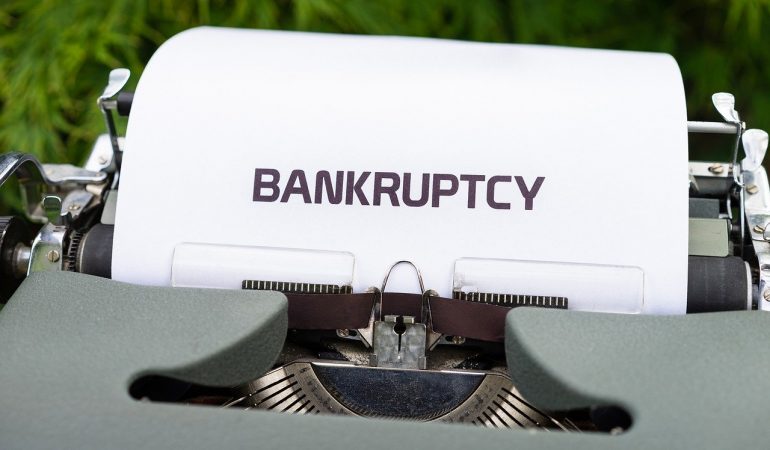Bankruptcy – What You Need To Know
For many people, bankruptcy may seem like the only option out there when it comes to debt. However, bankruptcy should only be used as a last resort, after all else has been tried. Before declaring bankruptcy, you should weigh all your options and make an informed decision regarding what the best option is for your situation.
For example, you may be able to reduce your debt burden by selling your large home for quick cash to a real estate company. Such a buyer can be found on the internet through ads like “we buy houses smyrna“. Along with selling a property, you can also consider other options that could help you to prevent bankruptcy. While bankruptcy does have its benefits, it can also have devastating consequences. Here are just some of them:
Declaring bankruptcy is a process through which individuals or other entities that cannot pay their debts can seek relief from some, if not all, of their debts. A court orders bankruptcy, usually initiated by the debtor, when they cannot pay back loans or credit card balances. In such situations, people who had lent money to the individual often file for a ucc1 document in order to secure the loan collateral to prevent further losses. By doing that, the lender/s can establish a priority interest in the collateral and protect their rights to the collateral in the event of bankruptcy. Once bankruptcy is filed, it remains that way until the court files for a certain amount of time, depending on the type of bankruptcy declared. Bankruptcy stays in the file until the debtor’s death or until the period specified in the bankruptcy becomes permanent. This means that once the debtor dies, the bankruptcy remains in his or her file until the time specified expires. So if you die, your debts would still be there.
What is more, declaring bankruptcy only wipes out your debts. It does not wipe out your credit card debt or any other unsecured debts such as personal loans or mortgages. That means that you can still incur more in unsecured debts since the bankruptcy proceedings allowed you to keep your credit cards and personal loans. If you are able to pay the remainder of your debts after bankruptcy, you will be left with a credit score that is not as good as it was before the bankruptcy. Even if the words above may seem unfavorable, they occasionally represent the finest choice. That’s because forced liquidation, also known as having to liquidate assets in order to satisfy margin calls or pay debts, may occur when an investor is unable to fulfill a margin call or has neglected to make debt repayments. This is usually done by a broker or financial advisor.
But, do take a note that bankruptcy stays on your credit history record for a long time, unless the chapter 7 bankruptcy stays on your credit record for good ten years. While it can be kept on your record for seven years, it has the longest suspension. After which, it is destroyed. You may have to undergo an in-depth screening process when you apply for a mortgage or a loan after bankruptcy. And it will definitely be a fresh start.
Bankruptcy does have drawbacks. When you declare bankruptcy, it makes your assets and liabilities appear on the public record. It shows up as a negative balance against your name on your credit report. A chapter seven debtor is usually required to liquidate all their assets to clear off the public records. This could be a hassle especially for small businesses and individuals. There is no proof that you can’t sell your assets and clear off your name.
Creditors who are granted an automatic stay of wage garnishment can garnish your wages at any time. Wage garnishments can be initiated by your creditor with an application through the U.S. Office of Unemployment. The U.S. Department of Labor can grant the authorization for wage garnishments once again, if you file for bankruptcy. With the automatic stay lifted, creditors can commence collection efforts.
Another drawback associated with chapter 13 is that once it is filed, creditors cannot file again for four years. This means that there are limitations imposed on how much the creditors can ask from the bankrupt individual. Creditors who file for chapter 13 have to submit detailed financial statements proving how they expect to recover the remaining debts and the amount of each debt before the court grants approval. Creditors can also request that a trustee be assigned to oversee the distribution of payments. The trustee’s task is to review the chapters and distribute the funds.
If the trustee finds that the debts being distributed are beyond the amount the creditors actually owe, he can refer the case to the courts. If the case is successful, the creditors are generally discharged. However, this is not always the case because some debts are exempt and the trustee has to show that the creditors did not have the right to demand payment beyond what is legally allowed.




